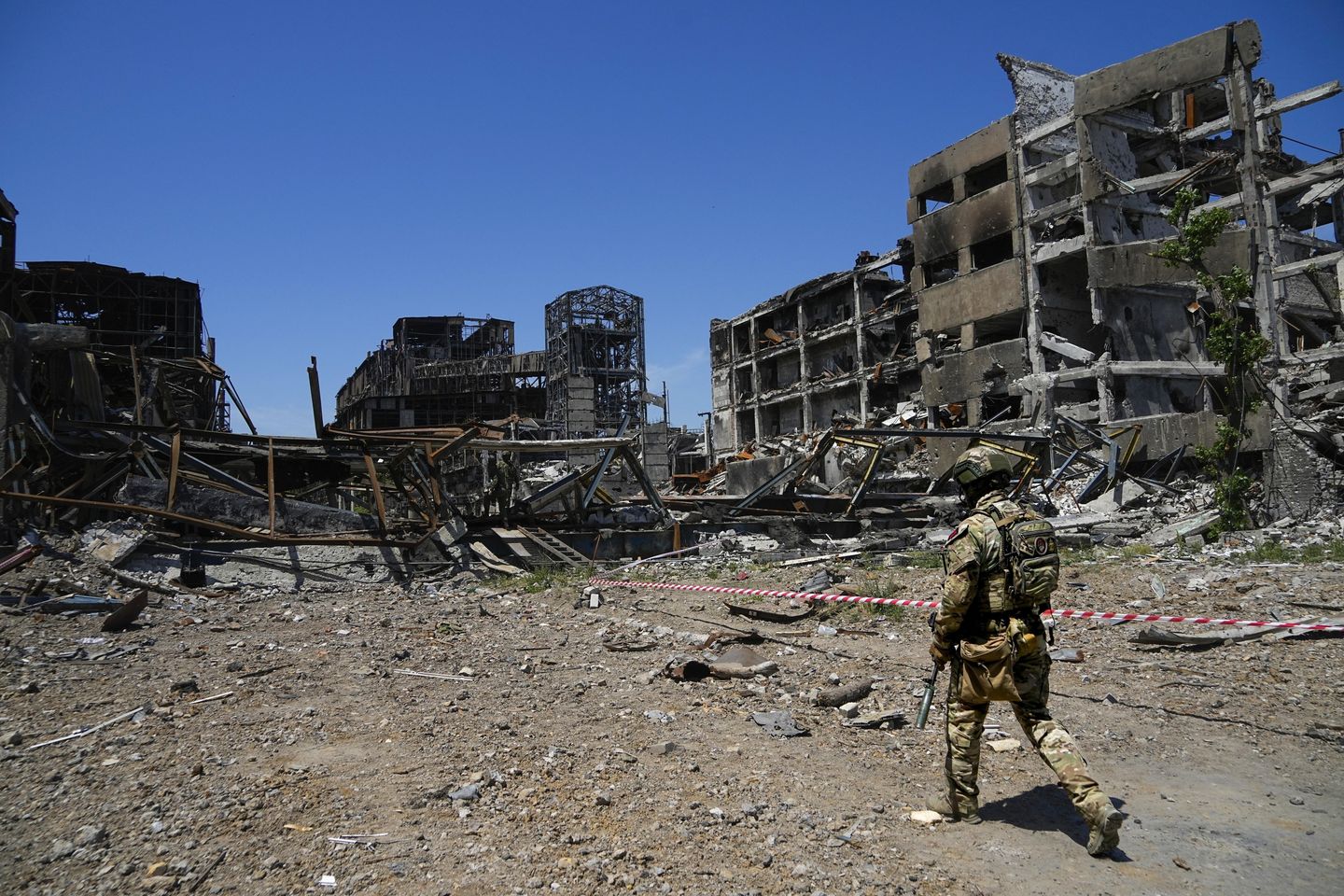
Don’t miss the full story from our staff writers, whose reportage is the basis of this article.
The Trump administration is working to broker a peace deal between Russia and Ukraine, but faces significant challenges in bridging seemingly irreconcilable positions between the warring parties. Russia has stated that Ukraine has a right to exist only if it agrees to “let people go” from the Donbas region, which Moscow wants as part of any peace agreement. This directly conflicts with President Trump’s commitment to protecting Ukraine’s “sovereignty” and European Union leaders’ warnings that ceding Ukrainian territory would be “walking into a trap.”
Vice President J.D. Vance appeared on NBC’s “Meet the Press” Sunday, emphasizing that the U.S. is engaging in diplomatic efforts “in good faith” to find middle ground between Russia and Ukraine. He stressed that America “has a lot of cards left to play” to pressure Moscow, including potential new economic sanctions and secondary tariffs targeting Russia’s oil exports and countries like China and India that purchase Russian fuel.
The administration has several strategic options available. The Wall Street Journal reported that the Pentagon has been blocking Ukrainian strikes on Russian territory using U.S.-supplied long-range missiles.
Mr. Trump could authorize such strikes, potentially increasing pressure on the Kremlin to negotiate.
Meanwhile, Ukraine continues finding alternative ways to target Russian territory, as evidenced by a drone attack that sparked a fire at a nuclear power plant in Russia’s Kursk region.
The Donbas region remains the primary obstacle to peace negotiations. Comprising the Donetsk and Luhansk provinces in eastern Ukraine, this strategically vital area has been the conflict’s epicenter for years.
Russian Foreign Minister Sergey Lavrov told NBC News that Russia recognizes Ukraine’s right to exist only if Kyiv relinquishes control over the Donbas and Crimea, which Russia has occupied since 2014.
Ukrainian President Volodymyr Zelenskyy marked his country’s 34th independence anniversary Sunday with a public address in Kyiv, declaring that Ukraine is “building a Ukraine that will have enough strength and power to live in security and peace.” President Trump sent a letter acknowledging Ukraine’s “unbreakable spirit” while calling for negotiations leading to “durable, lasting peace that ends the bloodshed and safeguards Ukraine’s sovereignty.”
European leaders remain skeptical of territorial concessions. EU top diplomat Kaja Kallas warned that giving up Ukrainian land represents “a trap that Putin wants us to walk into.” While Mr. Trump has ruled out U.S. ground troops, some European nations are considering contributing forces to enforce a potential ceasefire.
The administration continues pushing for direct talks between Mr. Putin and Mr. Zelenskyy, though no meeting is currently planned.
Read more: Deep divisions over future of Ukraine’s Donbas stand in the way of Trump’s peace deal
This article is written with the assistance of generative artificial intelligence based solely on Washington Times original reporting and wire services. For more information, please read our AI policy or contact Ann Wog, Managing Editor for Digital, at awog@washingtontimes.com
The Washington Times AI Ethics Newsroom Committee can be reached at aispotlight@washingtontimes.com.














